Accepting the “challenge” of the French colonialists on the Dien Bien Phu battlefield, all preparations for the historic campaign were carefully considered and calculated by our Party, headed by President Ho Chi Minh . In particular, logistics, transporting military provisions and opening roads were identified as key tasks.
 With many creative forms, the people transported tens of thousands of tons of food to serve the victorious Dien Bien Phu Campaign. (Photo taken at the Dien Bien Phu Historical Victory Museum).
With many creative forms, the people transported tens of thousands of tons of food to serve the victorious Dien Bien Phu Campaign. (Photo taken at the Dien Bien Phu Historical Victory Museum).
“How long can the Viet Minh maintain their fighting strength in Dien Bien Phu?” That was the question the French military leaders asked when they determined that “the Viet Minh will be able to attack Dien Bien Phu”. By analyzing specific numbers, they came to the conclusion: They (our army - PV) had 7,000 soldiers fighting 400km away from the rear bases and about 600-700km from the Chinese border gates where logistics were supplied. Tens of thousands of tons of ammunition and food had to be transported by 500 trucks on the only road, National Highway 41, which was damaged by frequent bombing by aircraft. For an infantry battalion, each day it needs 1,000 kg of rice, or 30 tons per month, or 15 trucks for 20 days... So it must mobilize up to 300 trucks specifically to feed the troops, that is, all the trucks that the Viet Minh can have. In addition to food, the Viet Minh also has to transport ammunition, explosives, gasoline, medicine and everything needed for a fighting army. It must also take into account delays because the only road is often bombed, and materials must be transported to repair and reconnect the damaged sections of road. Therefore, the Viet Minh must have at least 2,000 trucks to carry tons of food, road repair tools, thousands of cubic meters of gasoline, thousands of tons of ammunition...
The French calculations were not unreasonable. In reality, preparing food and ammunition for the Dien Bien Phu campaign was not easy, if not extremely difficult. The battlefield was 500-600km away from the rear, on rugged mountainous terrain, with damaged motor transport routes, no waterways, erratic weather, sparse population, poor and backward economy ...
Faced with that challenge, President Ho Chi Minh and the Politburo were determined: “The entire people, the entire Party and the Government will definitely use all their strength to support Dien Bien Phu and will definitely do everything necessary to achieve total victory for this campaign.” At the same time, the Government decided to organize the Central Front Supply Council, chaired by Deputy Prime Minister Pham Van Dong, and the Front Supply Councils at all levels.
With the slogan "All for the front, all for victory", preparations for the strategic decisive battle at Dien Bien Phu were carried out urgently and actively from the beginning of December 1953. In particular, the organization of long-distance transportation from the free zones to Dien Bien Phu was specifically regulated by the Politburo and the General Military Commission: The Front Supply Council was responsible for transporting food, provisions and bringing laborers to the General Department of Forward Supply (from Viet Bac to Ba Khe; from Lien Khu 3 and Lien Khu 4 to Suoi Rut). The General Department of Rear Supply was responsible for transporting weapons, ammunition, gasoline... to Ba Khe and then handed over to the General Department of Forward Supply. The General Department of Forward Supply was responsible for transporting from Ba Khe, Suoi Rut to Dien Bien Phu. At the same time, organizing general reserve warehouses around Son La town and central warehouses from kilometer 31 to kilometer 87, Tuan Giao - Dien Bien Phu road. Along with that, the repair and maintenance of roads from Ba Khe through Viet Bac (about 300km long) and Suoi Rut to the free zones of Inter-zones 3 and 4 were in charge of the Front Supply Council; and from Ba Khe and Suoi Rut upwards were in charge of the General Department of Forward Supply together with the Regional Party Committee and the Resistance Committee of the Northwest Zone.
Road construction was identified by the Central Military Commission and the General Command as a key focus of the preparation work. The Tuan Giao road to Dien Bien Phu was more than 80km long and narrow, with many sections having collapsed and more than 100 large and small bridges broken. In order for the cars and artillery of the 351st Division to reach Dien Bien Phu, this road had to be urgently opened. Therefore, 2 infantry regiments and the 151st engineer regiment were mobilized to work day and night. After great efforts, the Tuan Giao road to Dien Bien Phu was opened. However, the only road to Dien Bien Phu also became the target of fierce attacks by the enemy, causing many obstacles in transportation and travel.
In early January 1954, while the transportation of ammunition and rice was taking place urgently, the 351st Artillery Division entered the Tuan Giao - Dien Bien Phu route. The road had to be given priority for artillery. The General Military Commission and the General Command had to organize a road command, strictly regulating the marching hours of each unit and the hiding of artillery vehicles at temporary stops. Thanks to the meticulous organization and calculation of the time, it was not only possible to not affect the artillery pulling of the troops, but also not to waste the time and effort of the laborers.
Therefore, when the troops and artillery reached the battlefields around Dien Bien Phu basin, there was enough ammunition and rice to be ready for the day of shooting.
Author Jean Pouget in his work “General Navarre and the Battle of Dien Bien Phu” “redrawn” a vivid picture of the supply route to the Dien Bien Phu battlefield: “Carrying small baskets, hoes and shovels, they (laborers - PV) filled bomb craters under the light of torches. Nothing could hinder their labor: fatigue, hunger, cold, illness, and even time-exploding bombs, or booby traps called “butterfly bombs” that exploded immediately upon a light touch. Nothing could stop the flow of rice and ammunition that slowly flowed back up the French imperialist stronghold all night long. Every night, tens of thousands of people, black as ants, were carrying supplies on the sacred route. When the sky brightened, French planes flew up to take pictures, but the road was deserted, the pilots could only clearly see the sections damaged by bombs that had been repaired.”
After the Dien Bien Phu stronghold collapsed, in an interview with French journalist Jean Ferran (published in Paris Match No. 370, May 12, 1956), General Vo Nguyen Giap also said: “The French chose Dien Bien Phu valley with their own thoughts. They carefully considered the pros and cons. They made reasonable calculations: Dien Bien Phu is very far from the Viet Minh army's bases, and also far from the French bases. But the French will solve the problem with air force. The Vietnamese army has no planes. They cannot supply food themselves. Such calculations are very reasonable.” However, “A reasonable calculation is not yet valuable. It is the people who find the solution to the logistical problem.” That is why the historic victory of Dien Bien Phu was based on the people. That is a proven truth.
Article and photos: Le Phuong
(The article uses materials from the book "Dien Bien Phu - a golden milestone of the era; Information and Communication Publishing House; book "Chronological history of the Communist Party of Vietnam, volume III: The Party leads the resistance and nation building (1945-1954)", National Political Publishing House).
Source



![[Photo] Prime Minister Pham Minh Chinh chairs the Government's online conference with localities](https://vphoto.vietnam.vn/thumb/1200x675/vietnam/resource/IMAGE/2025/10/5/264793cfb4404c63a701d235ff43e1bd)
![[Photo] Prime Minister Pham Minh Chinh launched a peak emulation campaign to achieve achievements in celebration of the 14th National Party Congress](https://vphoto.vietnam.vn/thumb/1200x675/vietnam/resource/IMAGE/2025/10/5/8869ec5cdbc740f58fbf2ae73f065076)



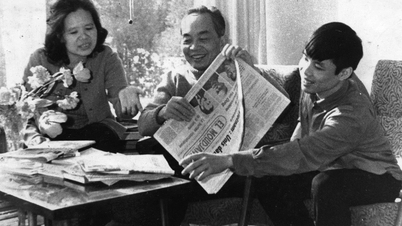

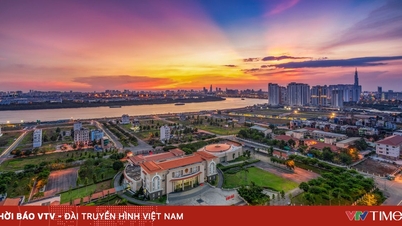





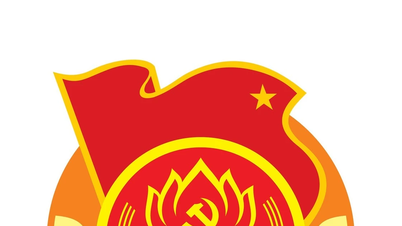



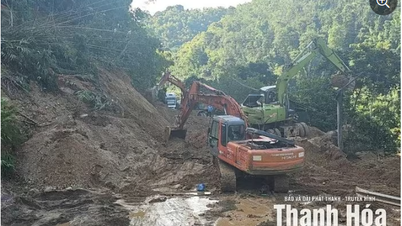

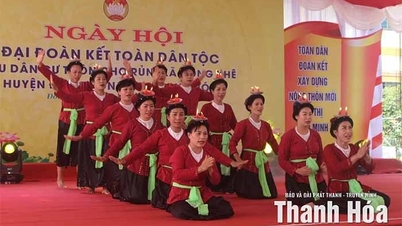

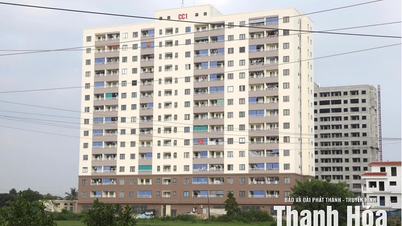
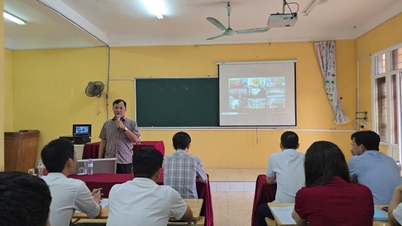
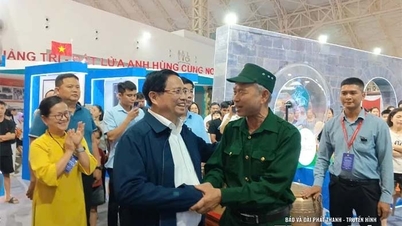
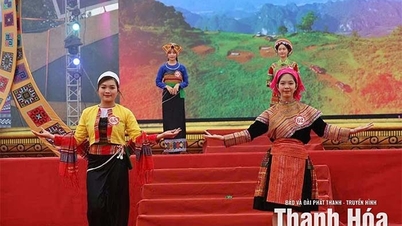




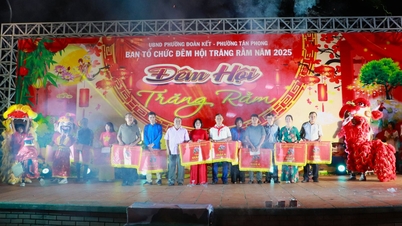

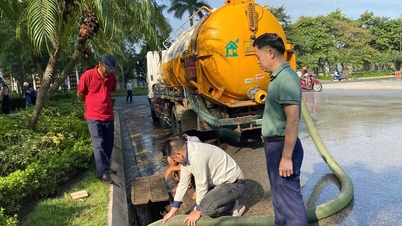
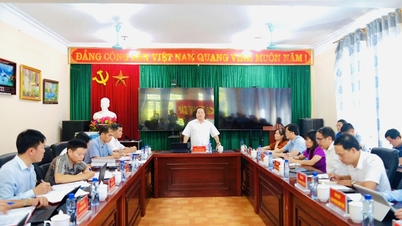
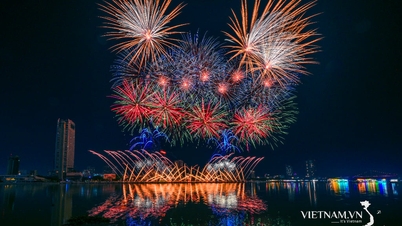
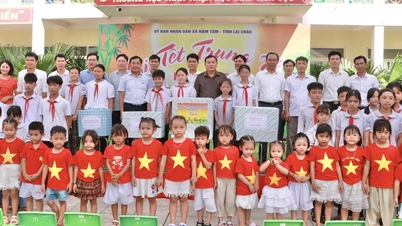
























![[VIDEO] Summary of Petrovietnam's 50th Anniversary Ceremony](https://vphoto.vietnam.vn/thumb/402x226/vietnam/resource/IMAGE/2025/10/4/abe133bdb8114793a16d4fe3e5bd0f12)

![[VIDEO] GENERAL SECRETARY TO LAM AWARDS PETROVIETNAM 8 GOLDEN WORDS: "PIONEER - EXCELLENT - SUSTAINABLE - GLOBAL"](https://vphoto.vietnam.vn/thumb/402x226/vietnam/resource/IMAGE/2025/7/23/c2fdb48863e846cfa9fb8e6ea9cf44e7)














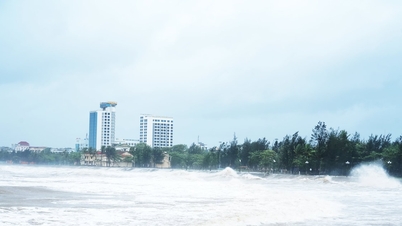


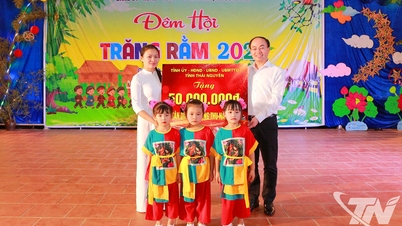


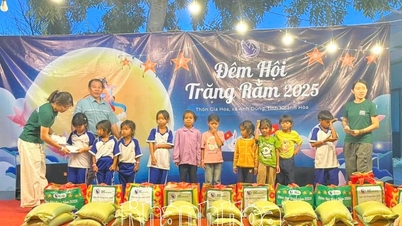

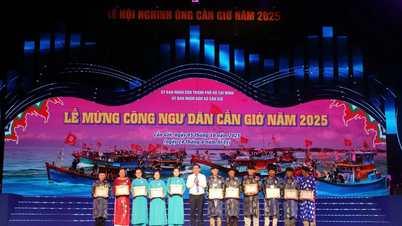













Comment (0)